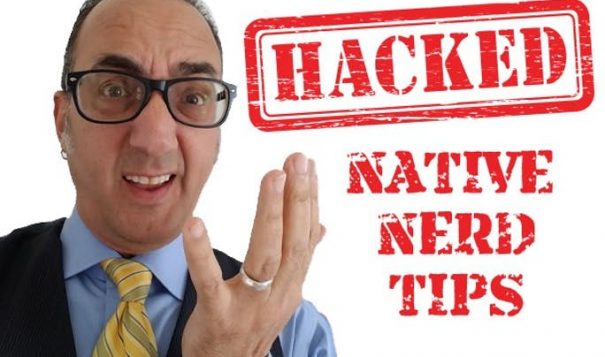Yikes – I got #Hacked
Thanks for all the great advice.
I already employ some suggestions. (My fault, should have been clear.)
For the record I have /use:
Malware-bytes premium.
Last-pass password management.
Two-step verification.
Different passwords for all sites.






